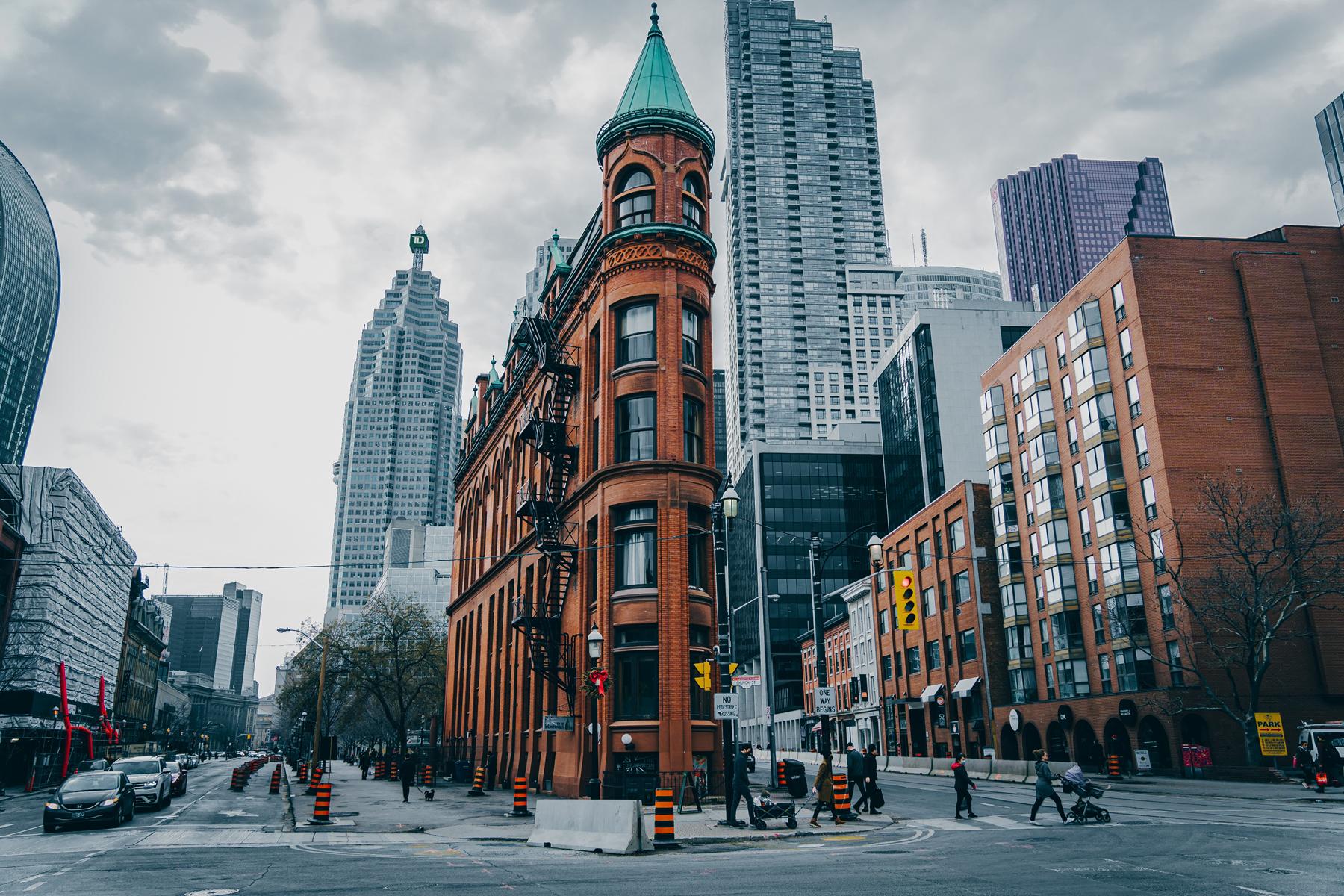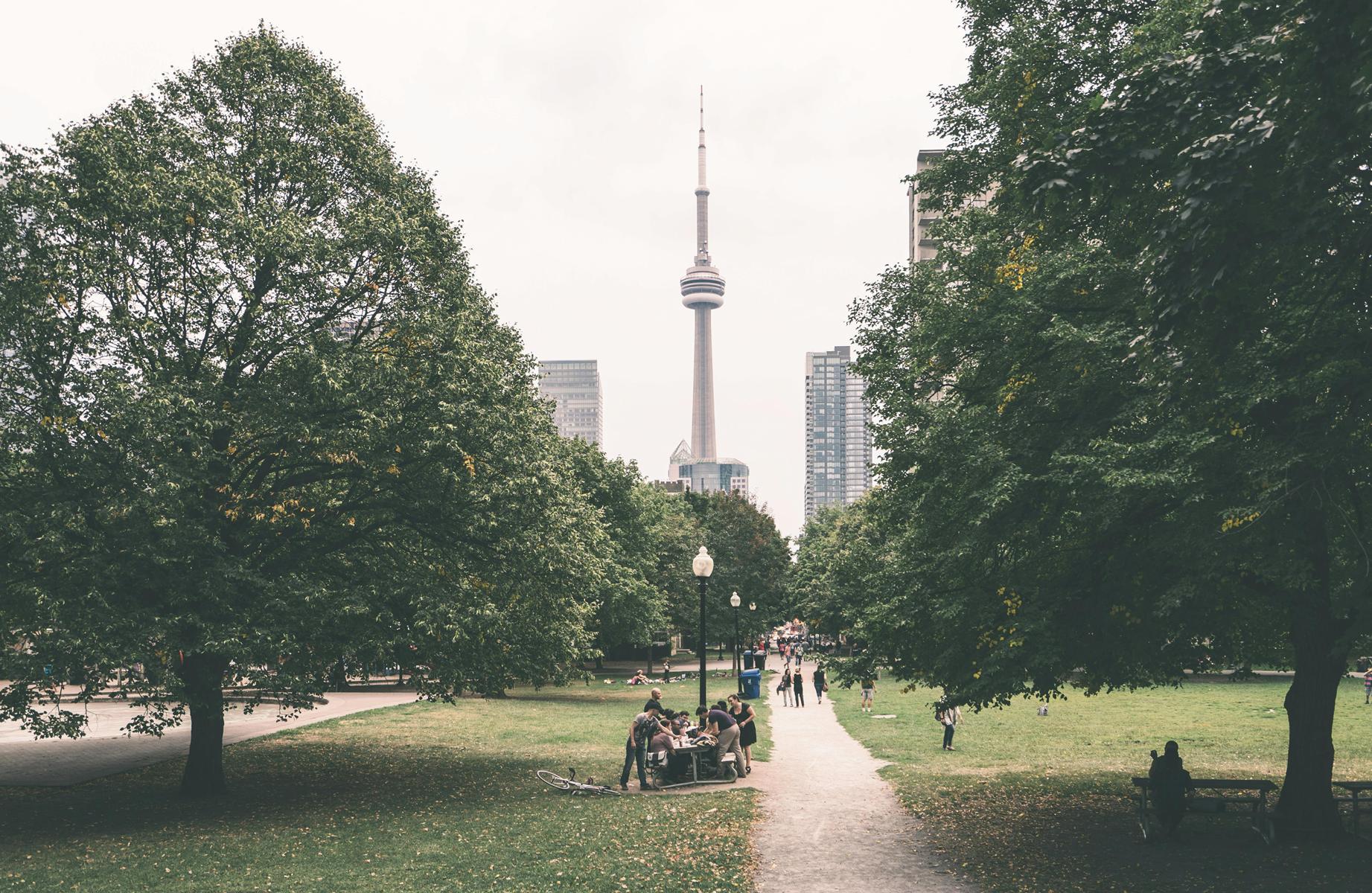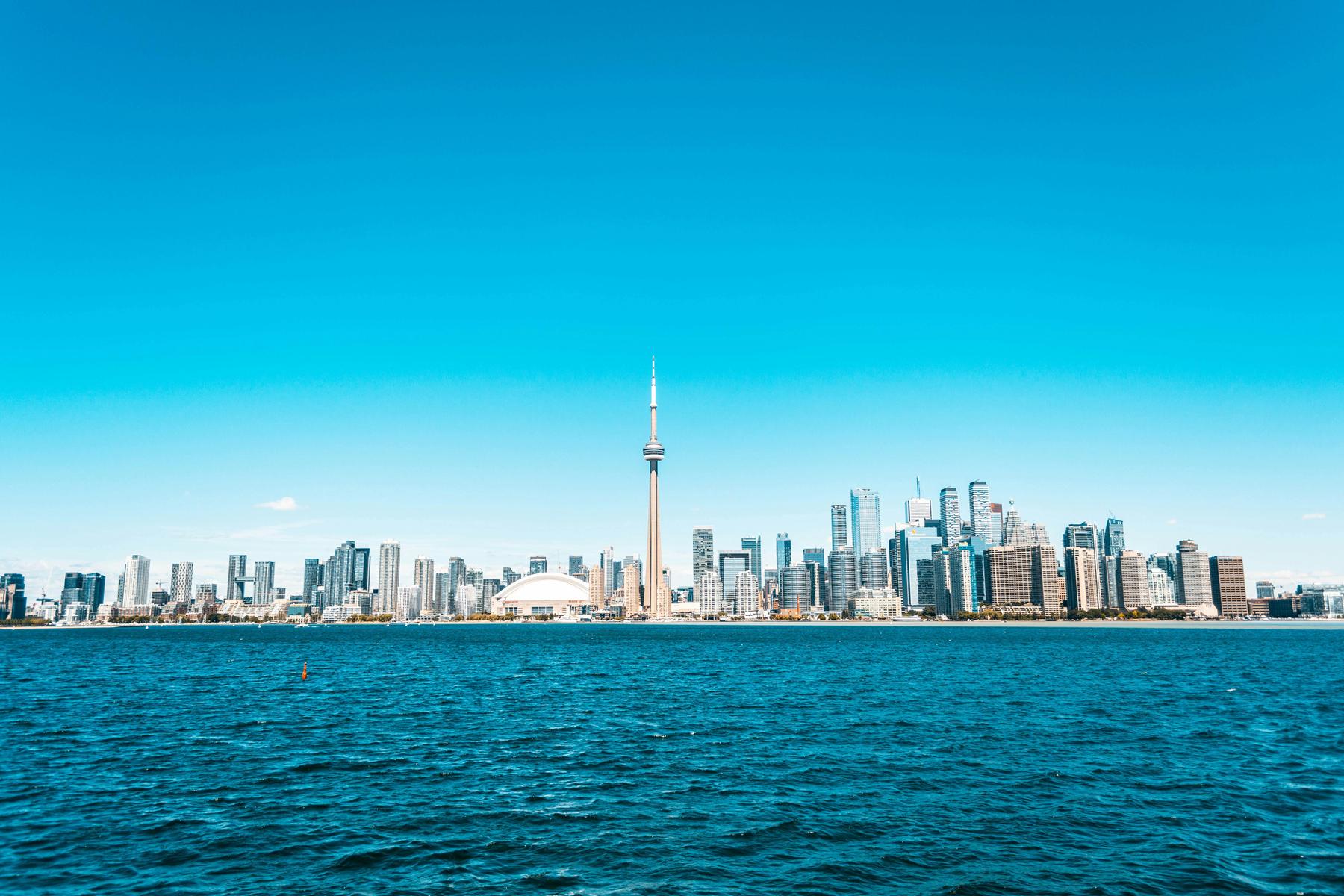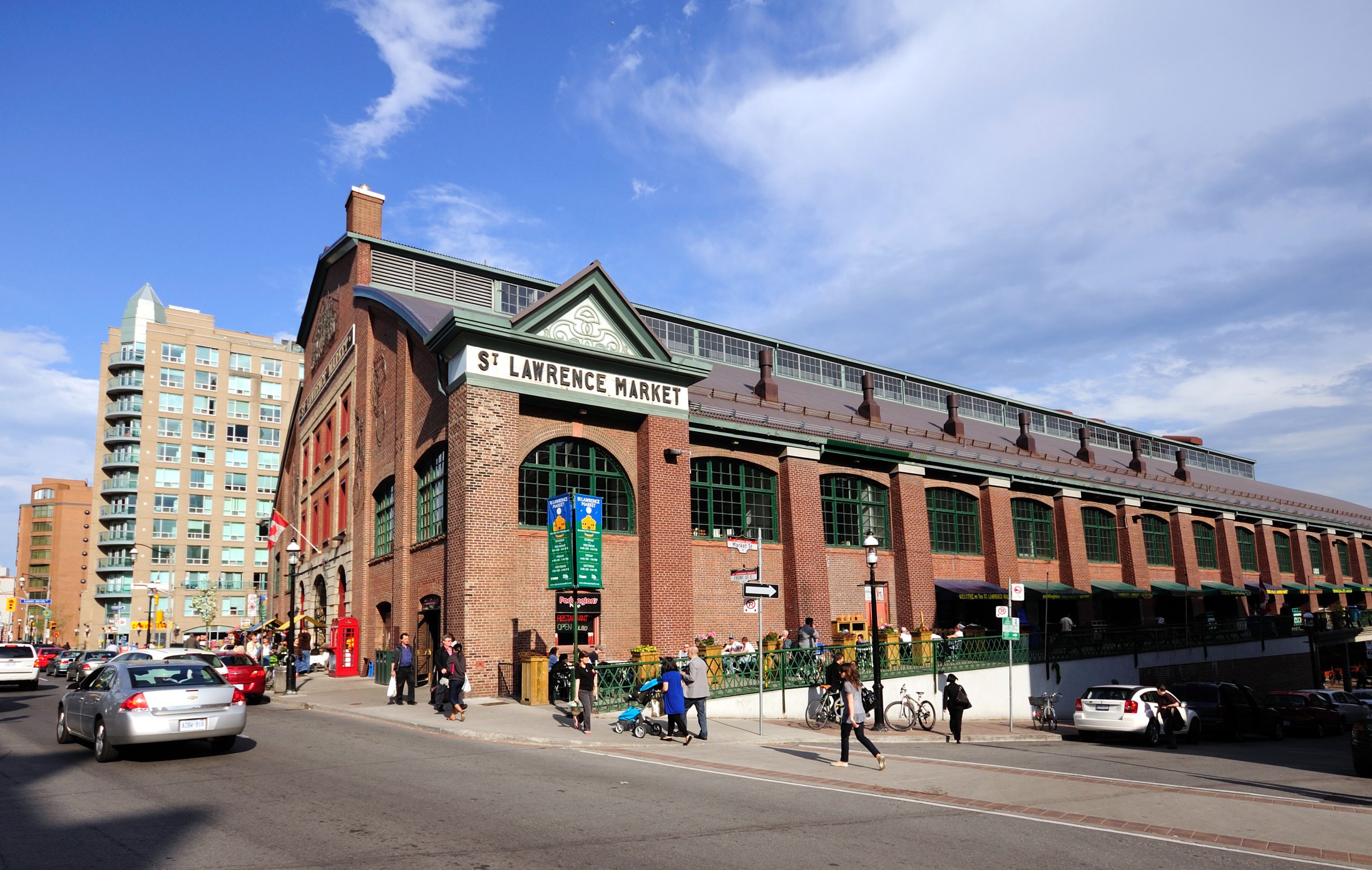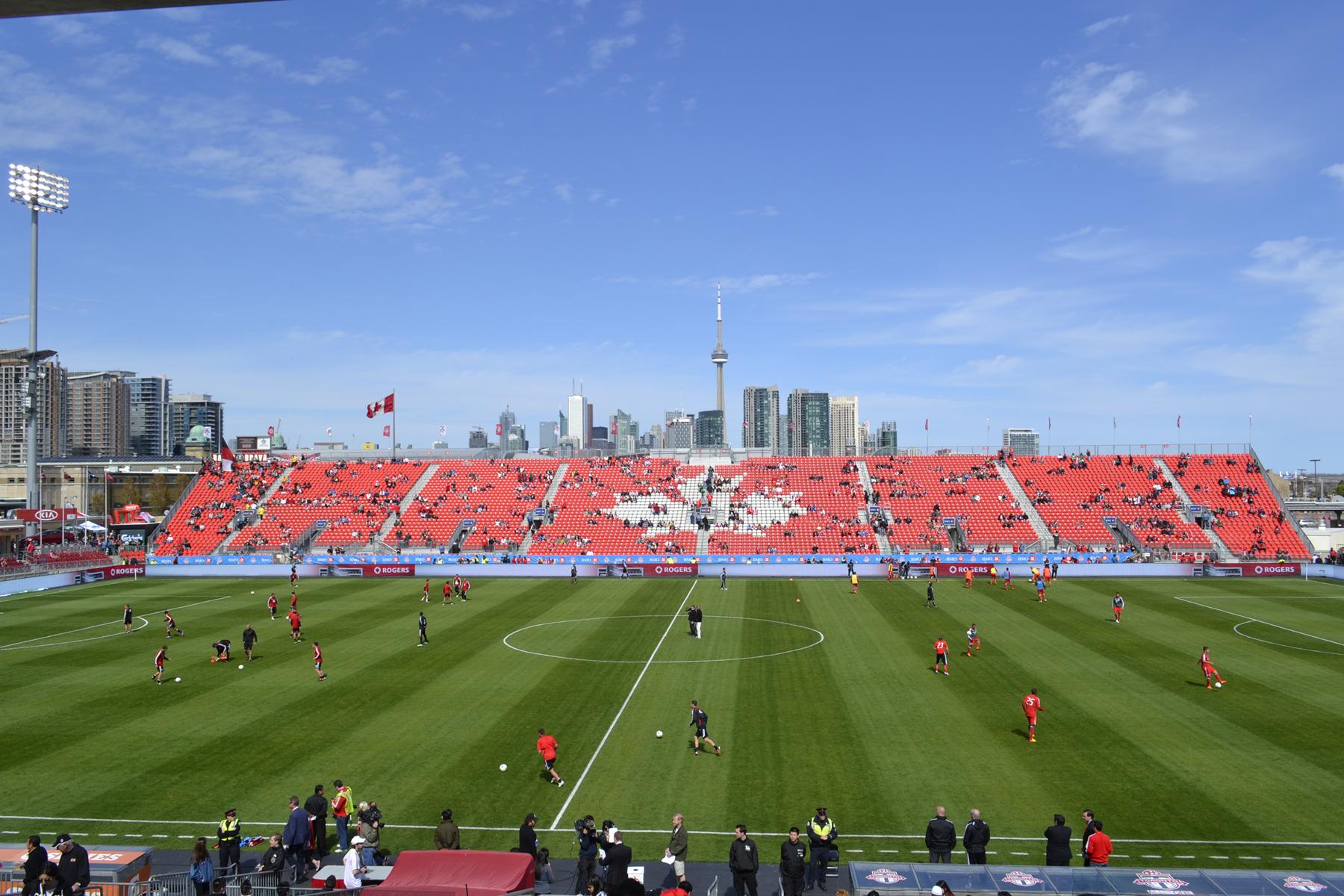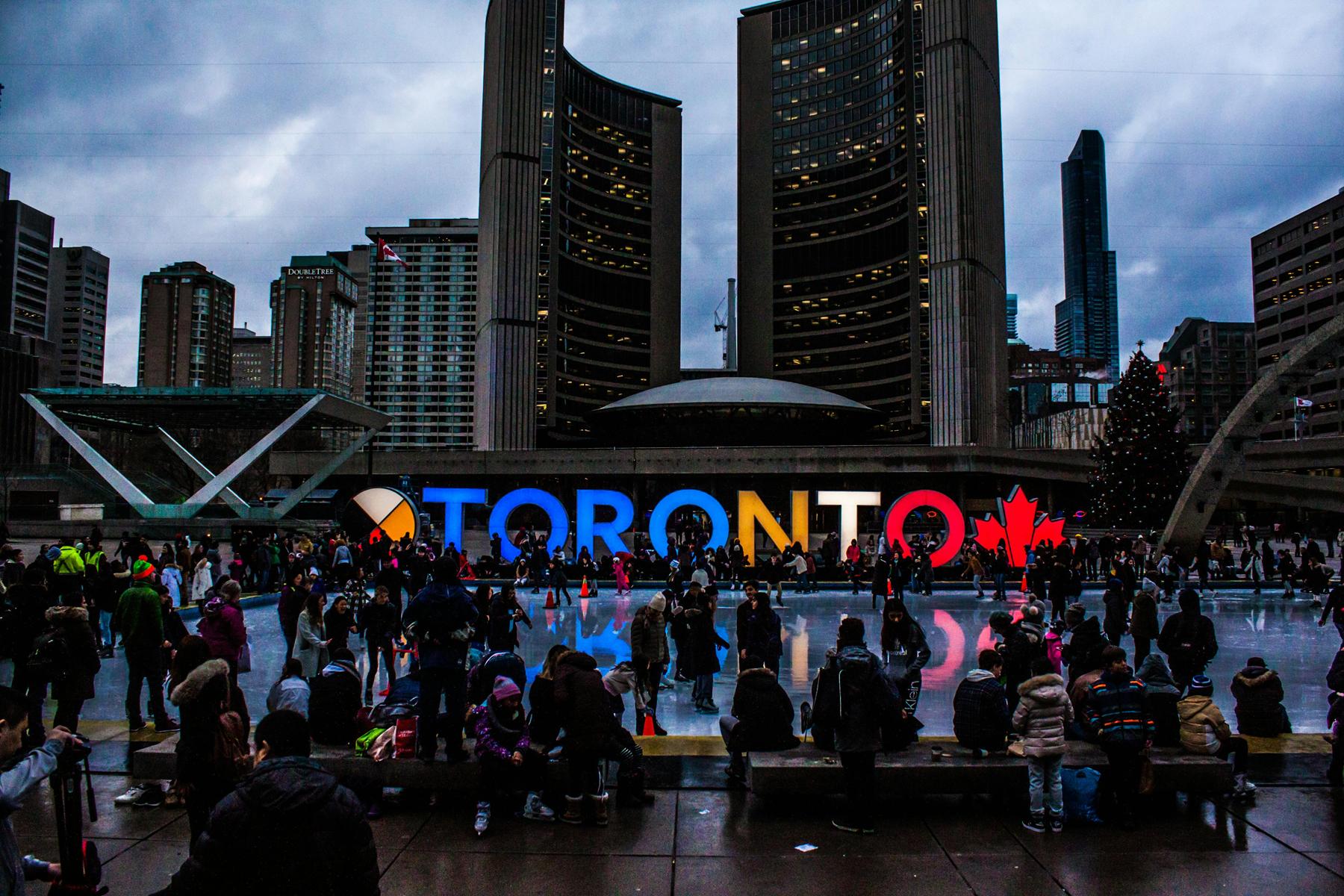Download the Full Guide for Free
Sports Planning Guides’s
Fan Guide to Toronto, Ontario
Make the most of your match week in Toronto: see more, stress less.
Introduction
Toronto for World Cup 2026 Visitors
Toronto is Canada’s largest city and a cultural heavyweight—where skyline views, lakefront parks and global neighborhoods set the stage for an unforgettable match-week. In summer 2026, the city hosts six FIFA World Cup 26™ matches, including Canada’s opening game on June 12 at Toronto Stadium (BMO Field’s tournament name), bringing the party to one of North America’s most passionate football cities.
Between fixtures, graze your way through Little Italy, Greektown, Koreatown and beyond, catch waterfront sunsets along Lake Ontario, and dive into museums, galleries and live music that reflect one of the world’s most multicultural urban communities. Practicalities are easy: two centrally connected airports, a walkable core with robust transit, and warm early-summer weather that’s built for patios and fan fests. Whether you’re here for 90 minutes or a week, Toronto blends big-stage energy with neighborhood charm—perfect for pre-game buzz, post-match celebrations and everything in between.
Fast Facts
-
Population: 3,025,647
-
Time zone: Eastern Time (ET); observes Daylight Saving—EDT (UTC-4) in summer.
-
Airports: Toronto Pearson (YYZ) and Billy Bishop Toronto City Airport (YTZ).
-
Currency: Canadian dollar (CAD).
-
Weather snapshot (June–July): Summer is warm; daytime temperatures average above 20 °C and often rise above 30 °C.
-
Language: Canada’s official languages are English and French; the City offers information in 180+ languages via 311.
- Drinking Age: 19 years old.
The Pitch
BMO Field (Toronto Stadium)
Toronto’s waterfront home for World Cup 26™ action sits inside Exhibition Place, a short hop from downtown. Officially renamed Toronto Stadium for the tournament, BMO Field will use temporary seating to expand capacity to ≈45,736. It’s an outdoor venue with a hybrid natural-grass pitch and a roof canopy covering most seats on the east, west and south sides—great for shade, but still open to lake breezes. Read the full Stadium Guide for seating tips, bag rules, and how to get there.
Stadium Basics
-
Location: 170 Princes’ Blvd., Exhibition Place, Toronto, ON M6K 3C3.
-
Surface: Hybrid natural-grass.
-
Getting there: Adjacent Exhibition GO Station (one stop west of Union on Lakeshore West).
Match dates in Toronto
-
Fri, June 12, 2026 – Canada’s opener
-
Wed, June 17, 2026
-
Sat, June 20, 2026
-
Tue, June 23, 2026
-
Fri, June 26, 2026
-
Thu, July 2, 2026
Day Trips & Excursions
Got a free half-day between fixtures? Turn it into an easy win. Our curated Day Trips & Excursions are built for match-week schedules—quick travel, zero guesswork, maximum payoff.
Each option is designed to fit comfortably in a morning, afternoon, or full-day window, with clear start points, travel times, can’t-miss stops, meal suggestions, and simple add-ons if you want to linger. Think stress-free logistics, scenic highlights, and just the right amount of flexibility so you can be back in plenty of time for kickoff. Browse the trips below, choose your pace, and make the most of your World Cup downtime.
Coming Soon
Coming Soon
Coming Soon
Coming Soon
Inside Toronto
Districts & Vibes
Toronto’s core is compact and transit-linked, which makes neighborhood-hopping effortless on match days. Start at the Waterfront, where promenades, patios, and parks frame the harbour, then take the short ferry to the Toronto Islands for beaches, bike paths, and skyline views that feel a world away. Back on shore, the Entertainment District concentrates big venues, theatres, late-night dining, and hotels—an easy base if you want action on your doorstep.
East of the core, heritage streets meet graze-worthy food halls in St. Lawrence Market & the Esplanade, while the Distillery Historic District offers pedestrian-only Victorian brick lanes lined with galleries, boutiques, and patios—prime golden-hour wandering before or after a match. Head west for creative energy along Queen West, where indie shops, music venues, and murals spill into the side streets. Just north, Kensington Market and adjacent Chinatown deliver a compact world tour of snacks, cafés, vintage shops, and late-night eats.
For a polished change of pace, Yorkville pairs luxury shopping and galleries with easy access to major museums—good for a dressed-up evening. If you’re stadium-bound, Liberty Village sits just north of Exhibition Place with casual restaurants and breweries ideal for pre- or post-game meetups. Farther east, Leslieville and The Beaches trade downtown buzz for brunch cafés, indie storefronts, boardwalk strolls, and sandy shoreline—an easy reset when you want lake breezes and a slower tempo.
Global Eats, Local Pours
Toronto’s Food & Drink Hit List
Toronto eats like a world tour—and you can do it all within a few streetcar stops of the stadium. Start at St. Lawrence Market, the city’s long-running culinary hall, where butchers, bakers, and produce stalls have anchored the neighborhood since the early 1800s—perfect for a pre-match graze or a victory snack. A few minutes west, the waterfront pairs skyline views with craft beer: Steam Whistle Brewing pours at the historic Roundhouse beside the CN Tower, while Amsterdam Brewhouse serves pints and lake-breeze patios right on the harbour.
If you like to wander and nibble, Kensington Market is your open-air pantry of global bites—taquerias, patty shops, cafés, and sweet spots shoulder-to-shoulder on pedestrian-friendly blocks. Two minutes away, Chinatown is dim-sum mornings and late-night noodles with storefronts that stay lively well past the final whistle. East along the subway, Greektown on the Danforth lays out patio-lined stretches for grilled meats, seafood, and mezze, while Gerrard India Bazaar delivers a dense run of South Asian restaurants and sweets.
For a slower stroll, the Distillery Historic District mixes Victorian-era brick lanes with galleries, restaurants, cocktail bars, and a flagship craft brewery—easy to turn a tasting flight into dinner and golden-hour photos before heading back to the lakeshore.
Iconic Toronto
Must-Sees Between Matches
Toronto’s must-sees cluster neatly around the core, making it easy to thread big moments between kick-offs. Start with the skyline icons: the CN Tower anchors the waterfront, with Ripley’s Aquarium next door for an effortless crowd-pleaser. When you need a breather from the buzz, hop the short ferry to the car-free Toronto Islands—beaches, bike paths, and the best skyline photos in the city—then drift back along the promenades and parks that line the harbour.
Culture lovers are spoiled for choice. The Royal Ontario Museum delivers blockbuster natural history and world cultures, while the Art Gallery of Ontario balances Canadian masters with global contemporary work. For a dash of grandeur, Casa Loma’s hilltop turrets and gardens offer a cinematic detour. Prefer your history with cannons and green space? Fort York’s 1812-era ramparts sit just west of downtown and feel worlds away from the stadium roar. And because this is Canada, the Hockey Hall of Fame is a rite of passage—hands-on exhibits, legends’ lore, and (when available) a close encounter with the Stanley Cup.
Round things out with two working-city favorites. St. Lawrence Market is Toronto on a plate: peameal bacon sandwiches, fresh pasta, pastries, and produce under one roof—ideal fuel before a match or a celebratory graze after the final whistle. A 15-minute stroll east lands you in the Distillery Historic District, a pedestrian-only maze of 19th-century brick, galleries, boutiques, and patios made for golden-hour lingering. String any two or three of these stops together and you’ve got a day that feels distinctly Toronto—high-energy, easy-moving, and perfectly tuned to match week.
Discover Toronto Through
Local Experiences & Tours
See the city from the water first. Narrated harbour cruises run frequent departures for skyline-and-islands views, with dining sailings in the mix; it’s an easy add before or after a match. If you’d rather paddle than cruise, the Harbourfront Canoe & Kayak Centre leads guided tandem-kayak and big voyageur canoe excursions along the inner harbour and over to the Islands—group-friendly and close to downtown.
If two wheels are more your pace, guided bike tours stick mostly to trails and quiet streets, include the gear, and run at an easy roll that works for mixed abilities. It’s a fast way to cover ground—historic districts, waterfront promenades, and mural corridors—without wrestling with traffic or parking.
Toronto also turns its public art into a built-in gallery. The City curates free, self-guided ArtworxTO tours (via the Driftscape app) and maintains the StreetARToronto map, so you can walk between large-scale murals, installations and sculptures at your own pace—no booking required.
Museum lovers can join daily docent-led tours at the Royal Ontario Museum (free with admission), or tap the City’s own history network: Toronto History Museums offer free general admission and scheduled guided experiences at sites across the city, including house-museum tours at Spadina Museum. It’s a handy cultural reset on match-morning or a rainy-day plan.
For neighborhood-level storytelling, the Distillery Historic District runs guided walking and Segway tours that dig into the Victorian industrial past, while St. Lawrence Market hosts periodic walking/history programs tied to the market’s heritage and merchants. Check dates and availability during the tournament window and slot a tour between your pre-game eats and evening plans.
Arriving a bit early to the party? Each May, Doors Open Toronto unlocks 100+ architecturally and culturally significant buildings for free access and special programming—a once-a-year peek behind the scenes if your trip overlaps.
Keep the Party Going
Fan-Friendly Nightlife
For big-screen energy and crowd buzz, start in the South Core around Scotiabank Arena. Maple Leaf Square (the plaza beside the arena) is Toronto’s signature outdoor watch-party space—home to tailgates and “Jurassic Park” gatherings run by MLSE during major playoff runs—with entry typically managed by free mobile passes when activations are on. Just steps away, Real Sports (RS) is a purpose-built sports bar with a giant main screen and dozens of TVs—an easy rally point before or after downtown events.
If you want games, live music, and late open hours under the CN Tower, head to The Rec Room (Roundhouse)—an all-in-one arcade-bar and event space beside Roundhouse Park. Around the same plaza, Steam Whistle Brewing pours pints at its historic railway roundhouse home, while Amsterdam Brewhouse anchors the waterfront with lake-breeze patios and taproom views—good options for group meet-ups that don’t require a reservation marathon.
Closer to the stadium, Liberty Village is the go-to pre/post-match cluster, with a dense run of pubs and patios within a short walk of Exhibition Place; look for game-day atmospheres at neighborhood staples such as LOCAL Public Eatery (Liberty Village) and Brazen Head Irish Pub. The local BIA maps 50+ food-and-drink spots and stages occasional community events that amp up the street vibe. For a skyline nightcap steps from BMO Field, Hotel X Toronto’s rooftop bars add lake and city views to your post-match circuit.
Prefer open-air festivals and pop-ups? STACKT market—the award-winning shipping-container complex at Bathurst & Front—programs rotating night events, DJs, and patio-friendly gatherings through the season. Citywide, Ontario’s alcohol service window generally runs until 2:00 a.m., giving you plenty of time to celebrate responsibly after the final whistle.
Concurrent Events & Festivals
Toronto’s summer calendar collides perfectly with match week—think citywide music festivals, Canada Day fireworks, and neighborhood street parties that turn evenings into events of their own. Use this guide to see what’s on during your stay and plan accordingly: expect fuller restaurants, busier transit, and occasional road closures around major venues, especially on weekend and holiday dates.
NXME
NXNE is a legendary annual music festival held every June across downtown Toronto since 1995.
June 10-14, 2026
International Jazz Festival
Filling the east-end Beaches with stages and live music across Queen Street East and nearby parks.
July 2–26, 2026
Canada Day
City-run celebrations feature free daytime programming and official evening fireworks.
July 1, 2026

